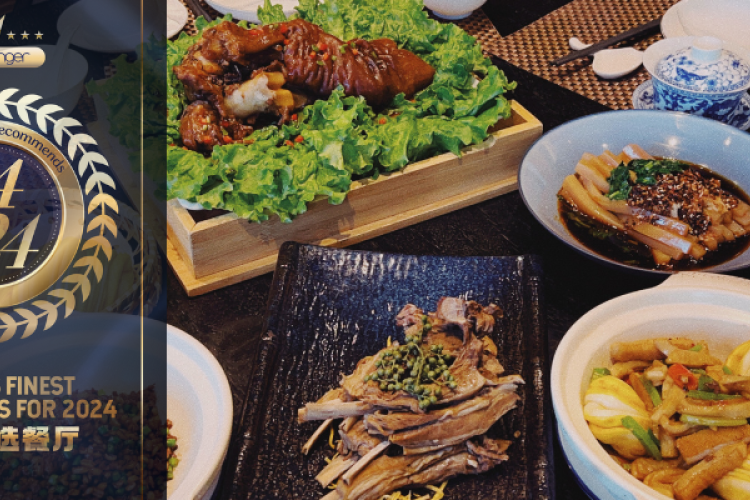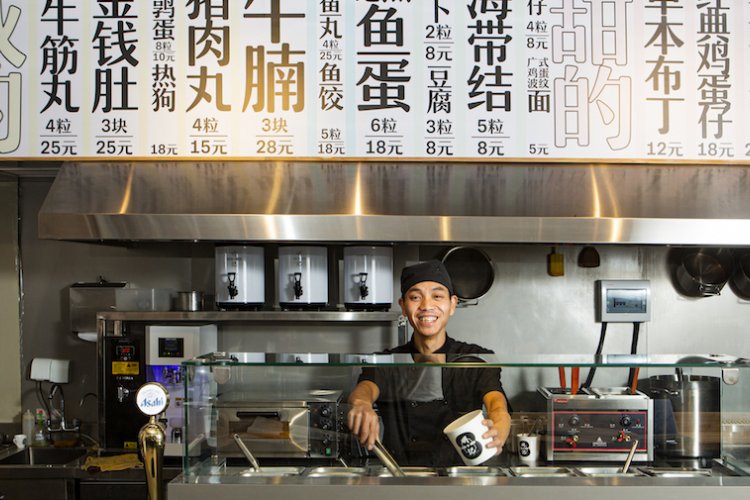Wokipedia: K is for....
… kaifan 开饭
This imperative sentence sounds even more succinct than its English equivalent, “Let’s eat!” It could be a call from a loving mother, ready to serve dinner, or a call to arms for starving students rushing to the school cafeteria as soon as the bell rings.
The direct translation –the Chinglishy “open rice” – has even been registered as the domain name for a Hong Kong-based website (www.openrice.com) which is a popular reference for foodies in the southeast of China.
… koushui ji 口水鸡
Koushui ji (mouth-watering chicken) is a popular standard in Sichuan restaurants. The chicken is simply steamed or boiled, cut into pieces and tossed with mala sauce. Two tips make the chicken truly mouth-watering. First, soaking the chicken in iced water right after it’s been cooked lends the skin a crispy texture; second, the mala sauce must contain a mix of dried chilli, chilli oil and Sichuan pepper oil, as well as ginger, garlic, scallions and sesame paste.
… ken 啃
Trying to figure out how to deal with koushui ji, rabbit heads, duck necks, chicken feet and pork trotters? Ken them! This Chinese word basically means to prise meat off the bone with oral maneuvers that include (but are not limited to) gnawing and nibbling. Sound complicated? All it requires is a keen sense of anatomy. Let the lips and tongue feel, and the teeth execute, harvesting the meat. Ken is in no way beyond your ken.






